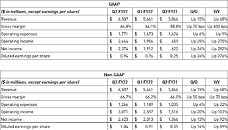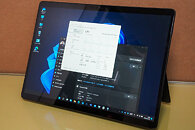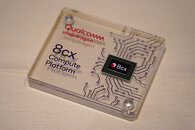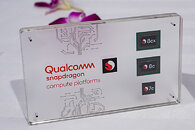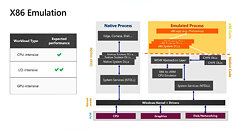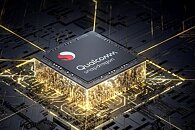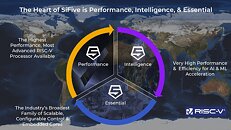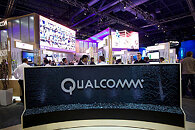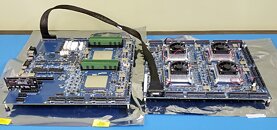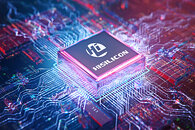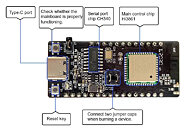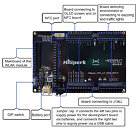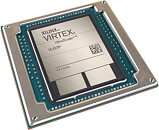
NVIDIA Quantum-2 Takes Supercomputing to New Heights, Into the Cloud
NVIDIA today announced NVIDIA Quantum-2, the next generation of its InfiniBand networking platform, which offers the extreme performance, broad accessibility and strong security needed by cloud computing providers and supercomputing centers.
The most advanced end-to-end networking platform ever built, NVIDIA Quantum-2 is a 400 Gbps InfiniBand networking platform that consists of the NVIDIA Quantum-2 switch, the ConnectX-7 network adapter, the BlueField-3 data processing unit (DPU) and all the software that supports the new architecture.
The most advanced end-to-end networking platform ever built, NVIDIA Quantum-2 is a 400 Gbps InfiniBand networking platform that consists of the NVIDIA Quantum-2 switch, the ConnectX-7 network adapter, the BlueField-3 data processing unit (DPU) and all the software that supports the new architecture.














